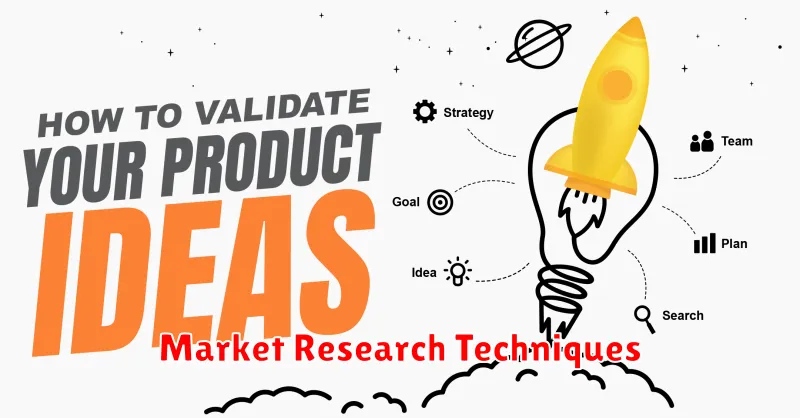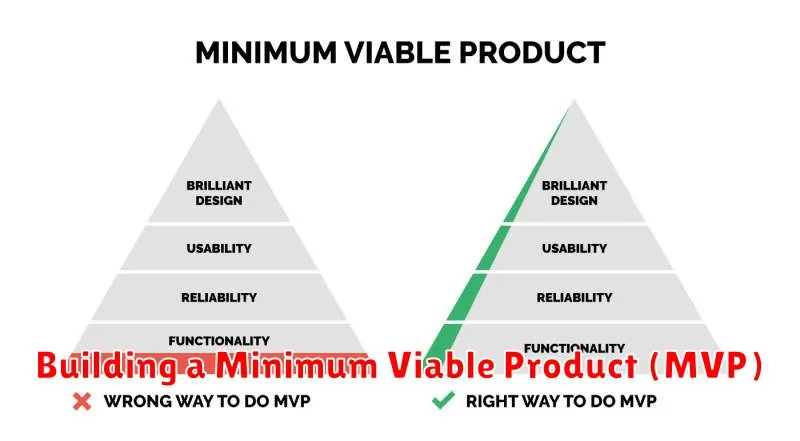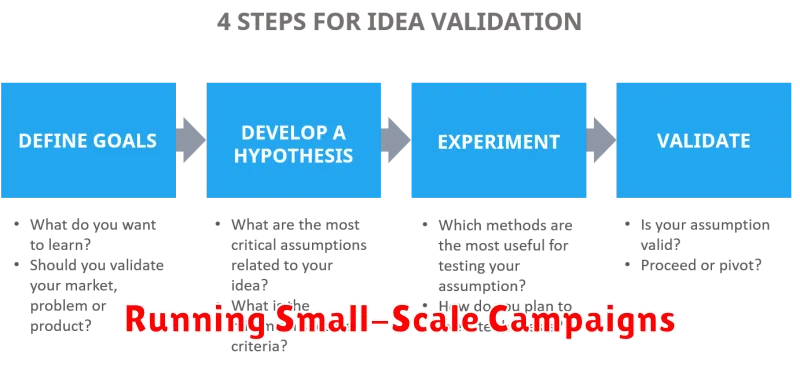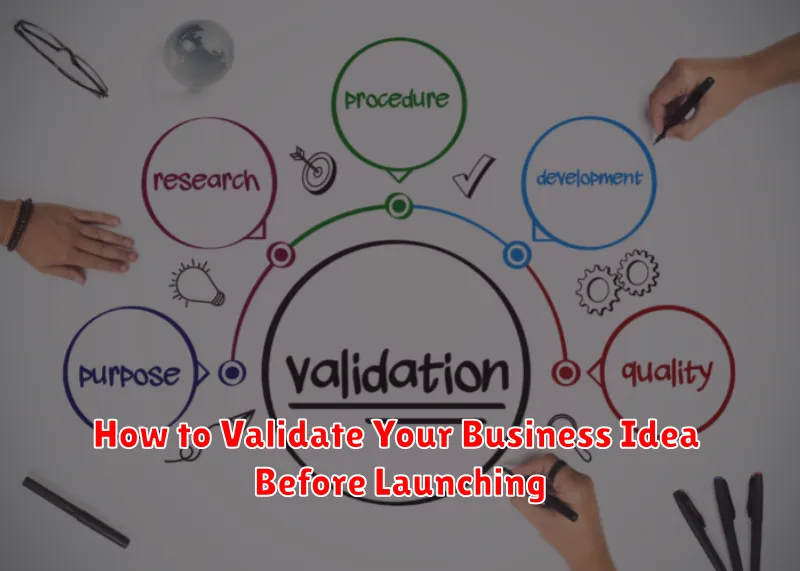Launching a new business is exciting, but it can also be risky. One of the most critical steps you can take to mitigate that risk and increase your chances of success is to validate your business idea before you launch. Validating your idea means confirming that there’s a real market need for your product or service, ensuring that people are willing to pay for what you offer. This process can save you time, money, and heartache down the road, preventing you from investing in a venture that ultimately won’t be viable. This article will explore the crucial steps of how to validate your business idea, from identifying your target market to testing your minimum viable product (MVP). Learn the essential strategies for validating your business idea, from conducting thorough market research to gathering valuable customer feedback. By following these methods, you’ll be well-equipped to make informed decisions and launch a business with a strong foundation.
Are you ready to transform your innovative business idea into a thriving reality? Don’t leave your success to chance. Validating your business idea is not merely a suggestion, it’s a necessary step to ensure you are building a business with a solid foundation. This article will provide a practical guide to validating your business idea, providing you with the tools and techniques you need to assess its potential and avoid costly mistakes. From understanding your target audience and analyzing your competition to testing your pricing strategies and marketing messages, this guide will equip you with the knowledge to validate every aspect of your business, maximizing your chances of success.
Why Validation Is Crucial
Validation is the cornerstone of a successful business launch. It confirms that your business idea resonates with your target market and addresses a real need. Without validation, you risk investing time, resources, and effort into a product or service nobody wants.
Validating your idea significantly reduces the risk of failure. By gathering feedback and testing your assumptions, you can identify potential problems early on and make necessary adjustments. This proactive approach saves you from costly mistakes down the line and increases your chances of building a thriving business.
Furthermore, validation builds confidence. A validated idea provides a strong foundation for moving forward. It gives you the reassurance that you’re on the right track and that your efforts are likely to yield positive results. This confidence is crucial for attracting investors, building a team, and navigating the challenges of entrepreneurship.
Avoiding Costly Failures
Validating your business idea is crucial to mitigate the risk of costly failures. Launching a product or service without proper validation can lead to significant financial losses, wasted time, and reputational damage. Thorough validation minimizes these risks by providing crucial insights into market demand, target audience preferences, and potential challenges.
A common pitfall is assuming a strong personal belief in an idea translates to market viability. Objective data is essential. Market research, competitor analysis, and prototype testing help gather this data and reveal whether your target audience is genuinely interested in your offering and willing to pay for it.
Ignoring negative feedback during the validation phase is another critical mistake. Embrace constructive criticism and view it as an opportunity to refine your product or service before a full-scale launch. Addressing these issues early on can save significant resources and increase the likelihood of success.
Market Research Techniques

Market research is crucial for validating your business idea. It helps you understand your target audience, competition, and market demand. Employing various techniques provides a comprehensive view of the market landscape.
Surveys are a valuable tool for collecting quantitative and qualitative data directly from your potential customers. Craft clear and concise questions to gain insights into their needs, preferences, and pain points.
Focus groups involve in-depth discussions with small groups of individuals representing your target market. This method allows you to explore complex issues and gather detailed feedback on your business idea.
Competitive analysis is essential for understanding the existing market players. Identify your competitors’ strengths and weaknesses, pricing strategies, and marketing efforts to identify opportunities for differentiation.
Analyzing industry trends and reports provides valuable secondary data. This research can help you understand the market size, growth potential, and emerging trends relevant to your business idea.
Building a Minimum Viable Product (MVP)

A Minimum Viable Product (MVP) is a core component of validating your business idea. It’s a version of your product with just enough features to attract early-adopter customers and validate your key assumptions about your business model.
The primary goal of an MVP is to learn. By launching a simplified version of your product, you can gather valuable feedback, understand user behavior, and identify potential issues early on, all with minimal investment. This iterative process allows you to adapt and refine your product based on real-world data.
Building an MVP doesn’t necessarily mean creating a half-finished product. It’s about focusing on the essential features that deliver the core value proposition. This could be a basic landing page, a pre-order form, or a simplified mobile app. The key is to quickly get something in front of your target audience to start the learning process.
Different types of MVPs can be used depending on your specific needs. Examples include a landing page MVP, a “Wizard of Oz” MVP where you manually fulfill orders behind the scenes, or a concierge MVP where you offer a personalized service to a small group of users.
Gathering Feedback from Target Audience
Gathering feedback from your target audience is crucial for validating your business idea. It allows you to understand if your product or service resonates with potential customers and identify areas for improvement before launch.
Several methods can be employed to collect valuable feedback. Surveys are a cost-effective way to reach a large audience and gather quantitative data. Focus groups offer qualitative insights through in-depth discussions with a smaller group of individuals. Interviews allow for personalized feedback and deeper exploration of individual needs and preferences.
Analyzing the collected data is equally important. Look for trends and patterns in the feedback. Identify common concerns and suggestions. This analysis will inform critical decisions regarding product development, marketing strategies, and overall business direction.
Running Small-Scale Campaigns

Small-scale campaigns are a cost-effective way to gather valuable data about your business idea before a full launch. These campaigns allow you to test key assumptions and identify potential issues early on.
Consider these campaign options:
- Crowdfunding: Platforms like Kickstarter or Indiegogo allow you to present your idea to a large audience and gauge interest through pre-orders or pledges. This helps validate demand and refine your messaging.
- Targeted Advertising: Run small ad campaigns on social media or search engines, focusing on your ideal customer profile. Track key metrics like click-through rates and conversion rates to measure engagement and interest.
- Local Events/Markets: Participating in local events or markets provides an opportunity for direct interaction with potential customers. This allows you to gather feedback, refine your product or service, and understand pricing sensitivities.
By analyzing the results of these small-scale campaigns, you can make data-driven decisions about how to proceed with your business idea, ultimately increasing your chances of success.

